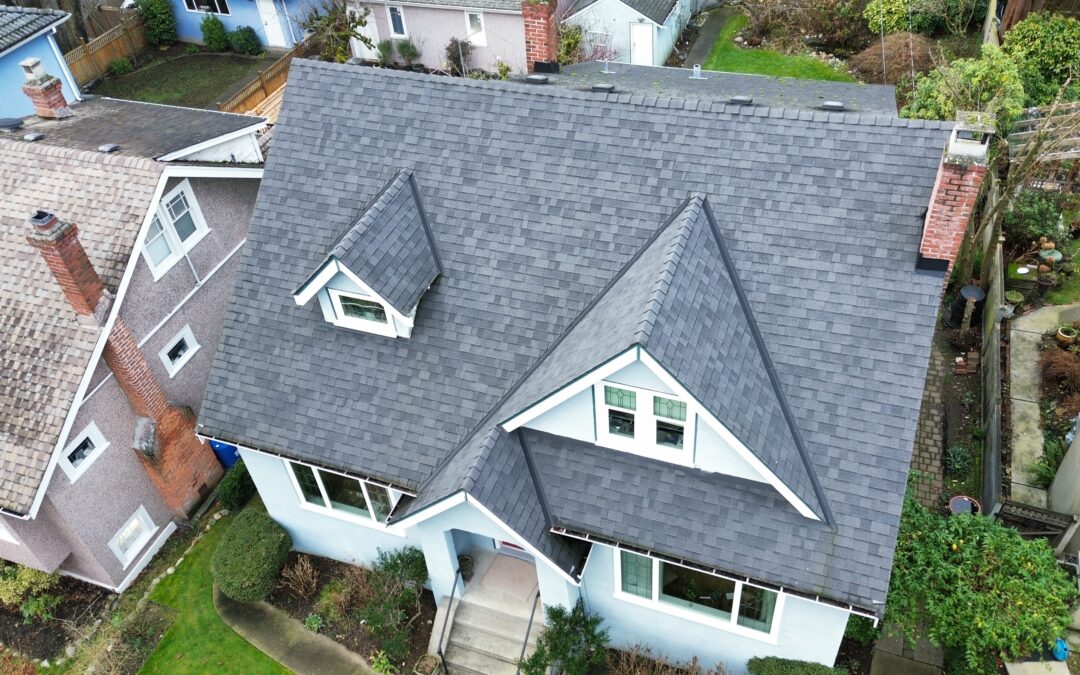When was the last time you checked the condition of your roof? If your answer is “not recently,” you’re not alone—but with a home insurance inspection approaching, it’s time to get proactive. A thorough roof inspection can be the difference between seamless insurance approval and unexpected delays or costs.
Insurance companies want to know one thing: that your roof is in good shape and won’t become a liability. In fact, roof-related claims are among the most common in Canada, which is why a roof inspection is often required before finalizing or renewing your home policy.
In this blog, we’ll guide you through seven key steps to make sure your roof is inspection-ready, helping you avoid surprises and possibly even lower your premiums.
1. Understand the Purpose of the Roof Inspection
A roof inspection is not just a formality—it’s a critical step for insurers to assess risk. Your roof is the first line of defense against weather damage, leaks, and mold. If inspectors find cracks, rot, or wear, it could raise your roof insurance premiums or even result in denial of coverage.
According to the Canada Mortgage and Housing Corporation (CMHC), proper roof maintenance is one of the top factors in long-term home preservation. That’s why insurers take it seriously.
👉 If you want to know what inspectors are really looking for, here are 7 must-know FAQs about roof inspection for a safer home. This guide clears up the most common questions homeowners have and can help you avoid costly surprises.
2. Review Your Insurance Policy First
Before you climb a ladder or call in a professional, take a few minutes to review your current insurance policy. This simple step can prevent delays or misunderstandings during your roof inspection.
Some insurance providers require a certified roof inspection from a licensed roofer, while others may only accept reports completed within the last 12 months. Be sure to check if your provider specifies who can perform the inspection or whether certain roofing materials—like wood shake or metal—affect your coverage. For instance, older roofs or unconventional materials may raise concerns about long-term durability, influencing your roof insurance eligibility or premiums.
By understanding what your insurance company expects upfront, you can prepare your home more effectively and avoid wasting time or money on an inspection that doesn’t meet their standards. This also helps you feel more confident and in control when your insurance inspection date arrives.
3. Do a Basic Roof Self-Check
Next, take a walk around your property and perform a visual scan of your roof. While this doesn’t replace a professional roof inspection, it can help you catch obvious issues early.
Look for:
- Missing or curling shingles
- Moss or algae growth, which can trap moisture
- Visible sagging, especially near roof valleys or ridges
- Damaged flashing around chimneys, vents, or skylights
Use binoculars for a closer look if necessary. And if climbing a ladder is risky or impossible, consider using a drone roof inspection service. Drones can capture high-resolution images of your entire roof—from all angles—without putting anyone in danger. They’re increasingly popular for their accuracy, efficiency, and safety, especially in homes with steep or high-pitched roofs.
Documenting your findings during this step also gives you a helpful reference when talking to a roofer or inspector.
4. Clean Your Roof and Gutters
This step may seem cosmetic, but it plays a crucial role in how your home is assessed during the roof inspection. Leaves, pine needles, and built-up grime not only make your roof look neglected—they can also hide damage or contribute to moisture buildup, which inspectors are trained to notice.
Here’s what you should do:
- Clear all debris from your roof surface using a soft broom or leaf blower (avoid pressure washing)
- Unclog your gutters and downspouts to ensure proper drainage
- Trim overhanging tree branches to prevent more debris and reduce the risk of impact damage
A clean, well-maintained roof sends a strong message to inspectors and insurers alike: this homeowner takes care of their property. It also makes it easier for the inspector to see important components like flashing, vents, and ridge lines—ensuring a more accurate and fair evaluation of your roof insurance condition.
5. Document the Current Condition
Even before a formal roof inspection, it’s a smart idea to take photos or videos of your roof. These visuals can be helpful in multiple ways: they provide a personal record, serve as proof of condition before weather events, and support your case if the inspector’s report raises concerns.
Focus on:
- Close-up images of any potential problem areas like cracked shingles or loose flashing
- Full-roof shots from multiple angles—front, back, and sides
- Interior photos of your attic or upper ceiling for signs of leaks, mold, or light penetration
A drone roof inspection is especially useful here. Drones can capture detailed aerial views that are hard to see from the ground and can detect early warning signs of wear, pooling, or structural shifts. These images are easy to store, share with inspectors, or send to your insurance provider as part of your documentation.
Having these visuals on hand—especially after a recent repair—can strengthen your position in conversations about roof insurance claims or adjustments.
6. Schedule the Roof Inspection with a Certified Professional
For the official insurance inspection, many insurers require a certified roofer or inspector. Look for professionals recognized by trusted associations like the Roofing Contractors Association of British Columbia (RCABC) or the National Roofing Contractors Association (NRCA).
Wondering about the roof inspection cost? In Canada, it typically ranges from $150 to $500, depending on the roof size and whether drones or thermal tools are used.³ It may sound like a lot—but skipping this step could cost you even more in denied coverage or future repairs.
7. Fix Minor Issues Before the Inspector Arrives
If you or your contractor notice minor damage, now’s the time to fix it. A missing shingle or loose flashing may seem small, but they can lead to big deductions during the roof inspection.
Repairs now may also strengthen your position when negotiating your roof insurance policy.
You might even want to do a second drone roof inspection after repairs to confirm that everything looks good from above.
Bonus Tip: Ask for a Detailed Report
When the inspection is done, don’t just accept a pass or fail. Ask for a comprehensive report that includes:
- Roof condition
- Photos (preferably from drones)
- Estimated remaining life span
- Notes on areas to monitor
This report becomes a valuable document for both your insurance provider and your future peace of mind.

Final Thoughts
A roof inspection may seem like a small part of your overall insurance inspection, but it carries a big impact. By following these seven essential steps, you can increase your chances of a smooth process, lower roof inspection cost, and maintain strong roof insurance coverage.
Don’t wait until problems show up—prepare now. Your future self (and your wallet) will thank you.

